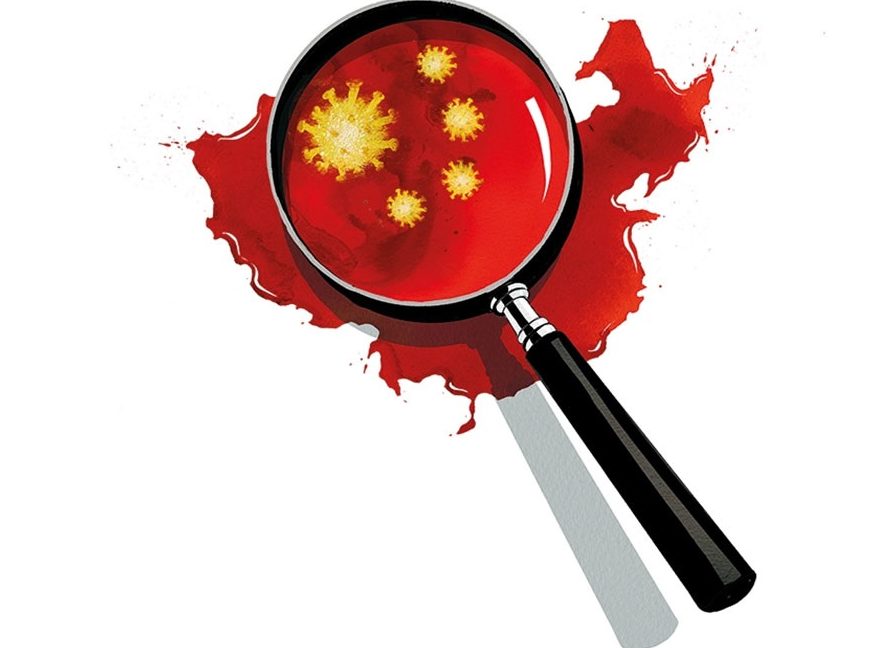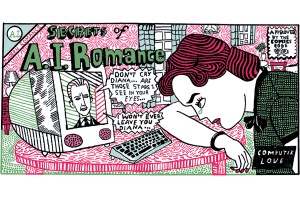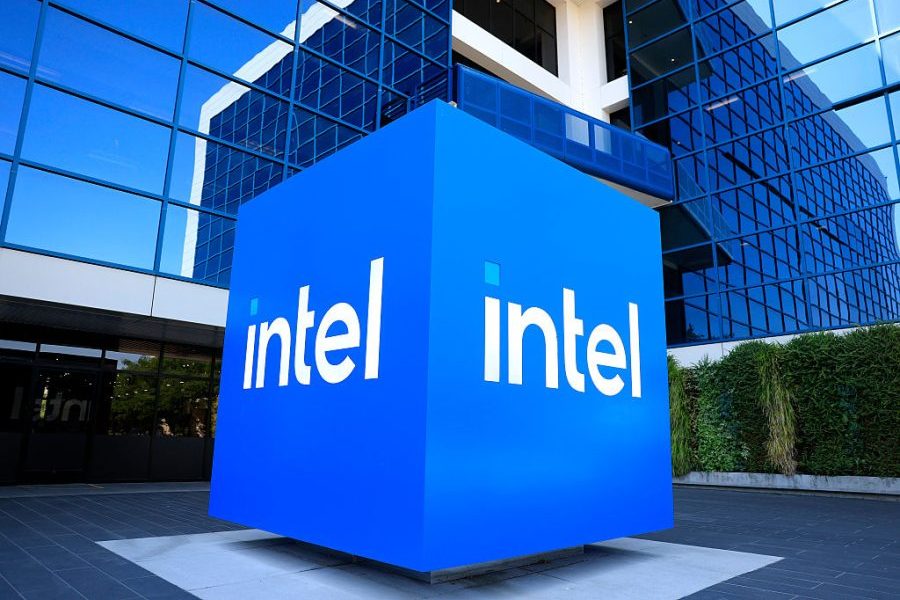Sam Altman, the recently fired (and rehired) chief executive of Open AI, was asked earlier this year by his fellow tech billionaire Patrick Collison what he thought of the risks of virology. “I would like to not have another synthetic pathogen cause a global pandemic. I think we can all agree that wasn’t a great experience,” he replied. “Wasn’t that bad compared to what it could have been, but I’m surprised there has not been more global coordination and I think we should have more of that.”
He is right. There is almost no debate about regulating high-risk virology, whereas the world is in a moral panic about artificial intelligence. The recent global summit at Bletchley Park essentially focused on how to make us safe from Hal the malevolent computer. Altman has called for regulation to stop AI going rogue one day, telling Congress: “I think if this technology goes wrong, it can go quite wrong… we want to be vocal about that. We want to work with the government to prevent that from happening.”
Bad actors worldwide know how easy it would be to use virology to bring the world economy to its knees
In contrast to that still fairly remote risk, the threat the world faces from research on viruses is far more immediate. There is strong evidence that Covid probably started in a laboratory in Wuhan. To summarize: a bat sarbecovirus acutely tuned to infecting human beings but not bats, which contains a unique genetic feature of a kind frequently inserted by scientists, caused an outbreak in the one city in the world where scientists were conducting intensive research on bat sarbecoviruses. That research involved bringing the viruses from distant caves, recombining their genes and infecting them into human cells and humanized transgenic mice; three of the scientists got sick but no other animals in the city did.
;768:[300×250,336×280,320×100];0:[300×250,320×100,320×50]”]Yet calls to regulate this frankly idiotic corner of virology — gain-of-function research on potential pandemic pathogens — are met with libertarian shrieks of outrage from scientists that even the new president of Argentina would be embarrassed by: leave us alone, we know what we are doing! Most of us were blissfully unaware that a small handful of virologists were being handed huge sums by the US and Chinese governments to see if they could find a virus capable of causing the next pandemic and bring it to a big city, then juice it up in a low–biosafety lab. Only governments, by the way, would fund that kind of work: no venture capitalist would touch it.
Yet now, compared with four years ago, the risk from such research is bigger, not smaller. Even if the recent pandemic did not begin in the Wuhan lab, the fact it could have done has alerted bad actors worldwide to how easy it would be to use virology to bring the world economy to its knees. From Pyongyang to Tehran to Moscow, ears have pricked up. The research proposal writes itself: “Dear Kim/Khamenei/Vladimir, if we don’t do this research our enemies will. Please can we hire some virologists and start sampling bats?”
It’s not just rogue regimes thinking this way. So are criminals. Last month, in Fresno, California, police arrested a Chinese national, who had changed his name multiple times, on charges of selling misbranded Covid-19 tests. That allegation is the tip of the iceberg. According to a report from a congressional committee, the man — part of a transnational criminal enterprise funded from China and on the run from a court ruling in Canada — was operating a large, chaotic, secret laboratory in which were found samples of viruses including Covid, HIV, hepatitis B and C, dengue and rubella, plus, according to a label on a freezer, ebola. Oh, and a thousand genetically engineered mice.
When the story first surfaced, after a council officer in the small town of Reedley in California spotted a garden hose leading into the warehouse, the Centers for Disease Control and Prevention seemed remarkably uninterested. The CDC declined to test some of the samples before they were destroyed, so we do not know whether there was ebola in that freezer or not. The media moved to damp down “conspiracy theories” that this was a Chinese government operation to start another pandemic. All those transgenic mice, the Associated Press told us, were “simply used to grow antibody cells to make test kits.” Right.
Even if he was just a rogue criminal with no connection to the Chinese government, it is alarming because, as the congressional committee put it, “a disturbing realization is that no one knows whether there are other unknown biolabs in the US because there is no monitoring system in place [and] the US currently does not conduct oversight of privately funded research, including enhancement of potential pandemic pathogens.” There could be labs like this all over America, let alone Asia.
;768:[300×250,336×280,320×100];0:[300×250,320×100,320×50]”]I find myself in a strange position here. I usually argue that regulation stifles innovation far more often than it encourages it, and that tying things like genetically modified crops up in impossible red tape has done great harm. Golden rice — genetically enhanced with vitamin A precursor — could have saved half a million lives a year in the twenty-four years since it was invented by the Swiss biotechnologist Ingo Potrykus, for example. But Greenpeace campaigned relentlessly against it, pushing governments to impose impossibly tight regulation, a stance that more than 150 Nobel Prize winners have condemned in strong words: “How many poor people in the world must die before we consider this a ‘crime against humanity?’”
Yet when a genuine risk is posed by one small part of virology, those of us calling for more regulation are somewhat lonely. Led by Bryce Nickels of Rutgers University, a group of scientists have founded an organization called Biosafety Now but they are getting scant support from the scientific establishment. Greenpeace has, as far as I can tell, said nothing about that irresponsible research in Wuhan.
This article was originally published in The Spectator’s UK magazine. Subscribe to the World edition here.


























Leave a Reply